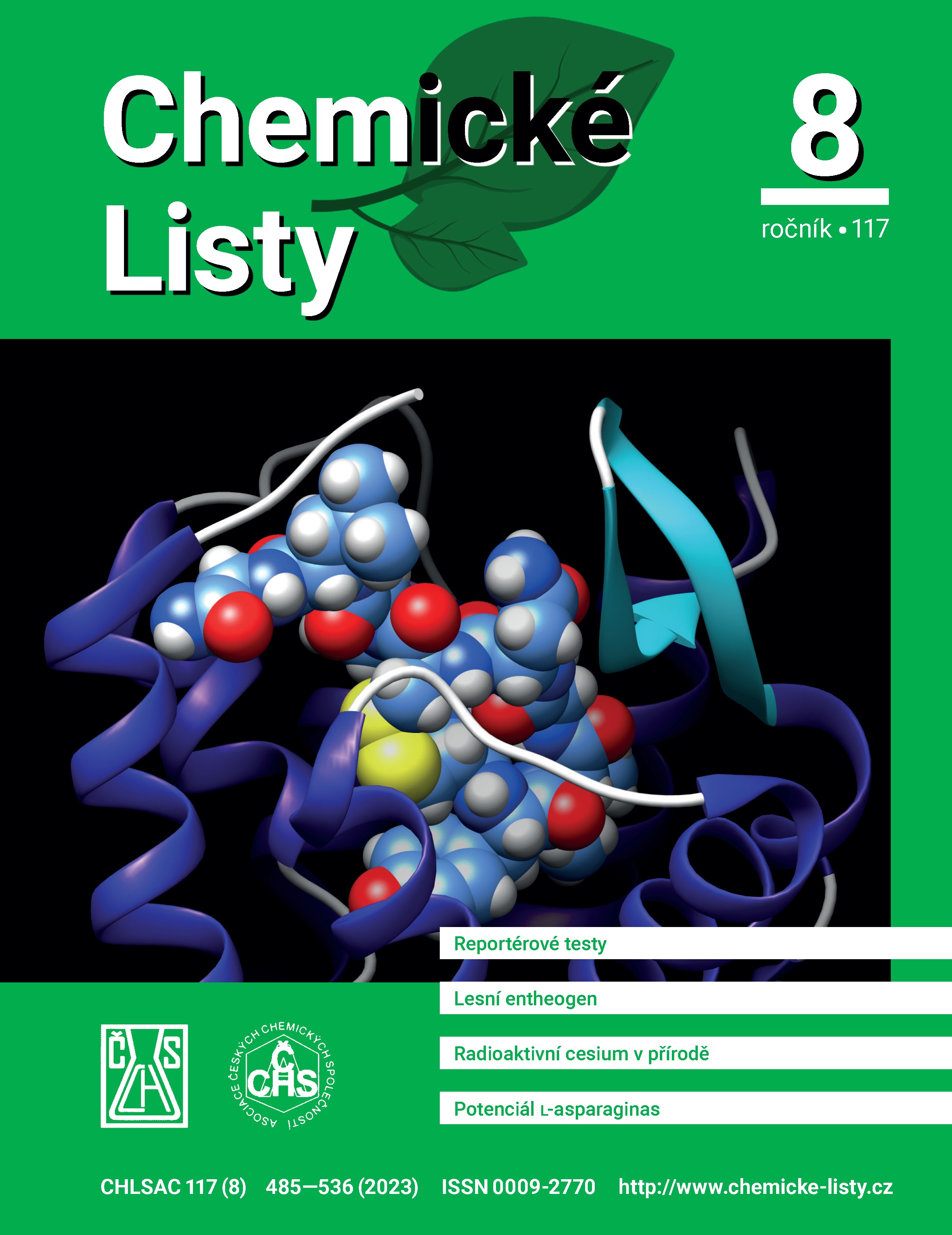Stable and Radioactive Cesium in Natural Environment
DOI:
https://doi.org/10.54779/chl20230501Keywords:
cesium, rubidium, potassium, forest ecosystem, radiocesiumAbstract
Cesium is the heaviest stable alkali metal (with only one stable isotope – 133Cs) and it occurs mainly as a potassium-substituting cation. It is an important trace element in rocks typical for the Earth crust, and its content in biomass is also relatively high compared to those abiogenic elements which are little soluble. Low-cost analytical methods like X-Ray Fluorescence are inadequate to quantify cesium in typical natural samples, so that the usage of ICP-MS (Inductively-Coupled-Plasma Mass Spectrometry) or INAA (Instrumental Neutron Activation Analysis) is necessary. Nevertheless, investigation of the pollution with the radioactive isotope 137Cs, which is an important fission product and can be measured with gamma-ray spectrometry, also contributed to the knowledge of biogeochemistry of cesium. It has been shown that Cs is usually strongly retained in humus (thank to clay minerals), or is cycling intensely within the soil-biomass system, being only slowly removed (at least, this is valid for ecosystems in temperate climate). The results of extensive biomonitoring in Czech coniferous forests (with prevailing spruce) also show that Cs is concentrated in humus (relatively to all other alkali elements) by natural processes.





